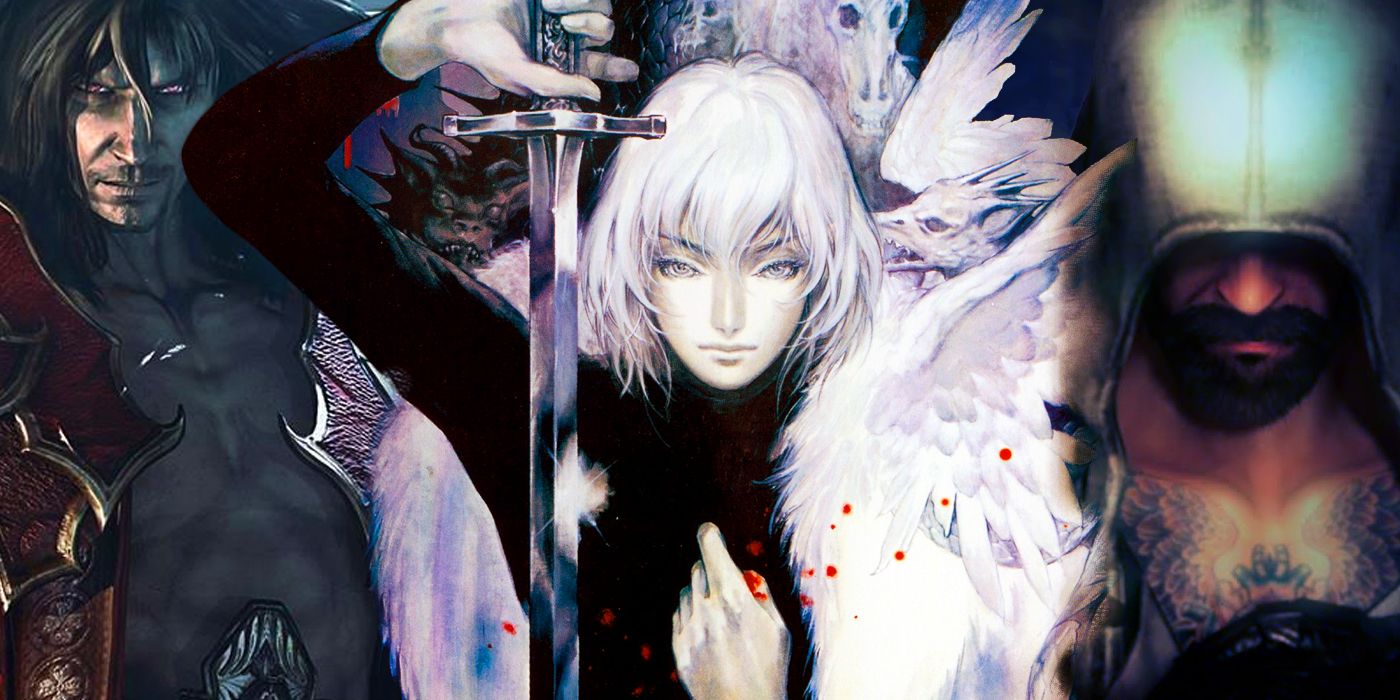

Galamoth provides the one ability that only serves to unlock a part of the castle, sort of like a key, so it’s nice knowing that the series has moved away from those types of abilities, for the most part. Kicking isn’t an exploration ability at all – it’s simply a new move you earn as a drop from the Kicker Skeleton monster. The same goes for Slide, but that’s not exactly new. In hindsight, some of the exploration abilities aren’t really exploration abilities.īackdash actually is a requirement to enter a part of the castle, as there’s a gate that only opens if your back is facing it, so this was an interesting detail for me. Recognize places in which time has been stopped. Perform a high jump by pressing L in mid-jump. Kick during a double-jump by pressing Down + A A select few also drop randomly from monsters, so these are completely optional, but make exploration slightly easier or quicker, or simply more interesting. AbilitiesĮxploration abilities come from ability souls, most of which you collect from special soul receptacles, usually found in rooms guarded by boss battles. The order I use to explain the mechanics in these games fails a bit in Aria of Sorrow because exploration abilities are a subset of the special system of mechanics this game uses – Souls. Castlevania: Aria of Sorrow – Features Exploration abilities There’s Boss Rush and a Sound Test, as well as a mode where you play as a bonus character, an extra level of difficulty for the regular game and finally, a New Game+, where you keep most of the stuff you collected, not including the things you need to actually progress through the game (exploration abilities and items.). Try to guess who he is.Īlso as always, you unlock special modes for beading the game.

Pictured: J doesn’t know his real name because he has amnesia. This is similar to the requirement of wearing the two bracelets in Harmony of Dissonance, but there’s no prerequisite of needing to have a set of relics in order to access the final boss – having the souls is enough. You simply go and beat the boss.įor the special ending, which I consider more canon, you have to collect three special souls and have them equipped while defeating the final boss. However, there’s much, much more to do in the optional department, so you do a lot of roaming through the almost fully explored castle to tie up loose ends.Īs always, the basic ending is OK and doesn’t require you to do anything special. The end game feels shorter than most, if you only count the required stuff. All I can remember are two points where I wasn’t sure through which of the three or four unexplored passages I have to double-jump/fly through. You can see the outlines of some areas, but it’s also clear you have yet to visit them.īy mid game, the castle opens up and you get to explore it for lots and lots of secrets, but it remains difficult to get lost throughout the game. There’s some short branching here and there, but for the most part, it’s very difficult to get lost. You start out with almost now extra movement abilities, so the early game ends up being quite linear, with very clear paths and goals. The balance of difficulty seems to be the best in Aria of Sorrow, as I’m having trouble remembering any longer stretches of either frequent dying or low difficulty. I’ll just follow the format I established. Why would you, though?Īs with Harmony of Dissonance, I won’t even try to outright say which one is the best. That puts it between Circle of the Moon and Harmony of Dissonance on the length scale, probably slightly closer to Circle of the Moon, if you exclude the optional stuff. After playing through it for a while and even getting pretty close to gathering all the extras in a single game, my save slot is at 10 hours and 20 minutes, right before the final boss battle. Castlevania: Aria of Sorrow is the third and final Castlevania game on the GameBoy Advance.


 0 kommentar(er)
0 kommentar(er)
